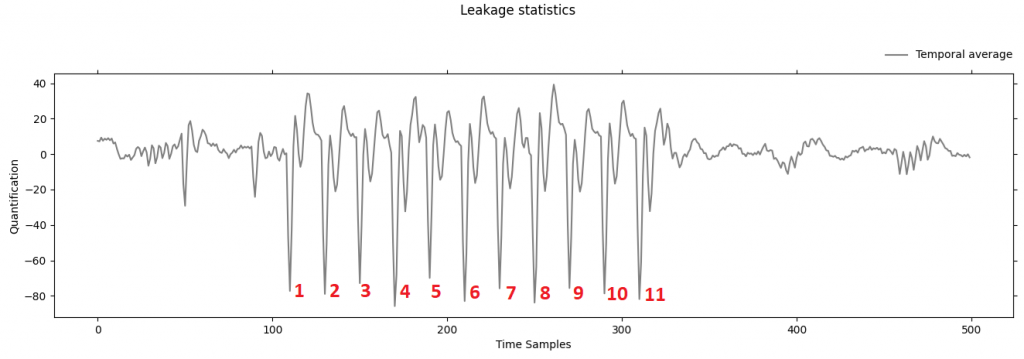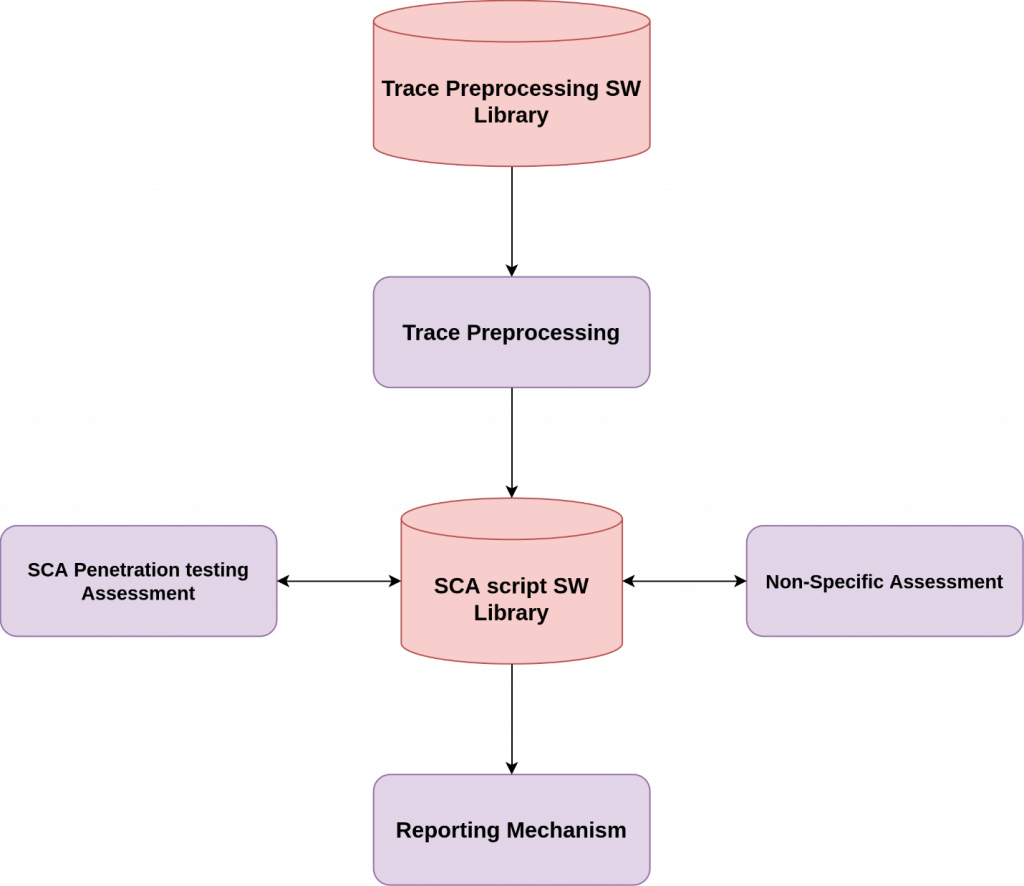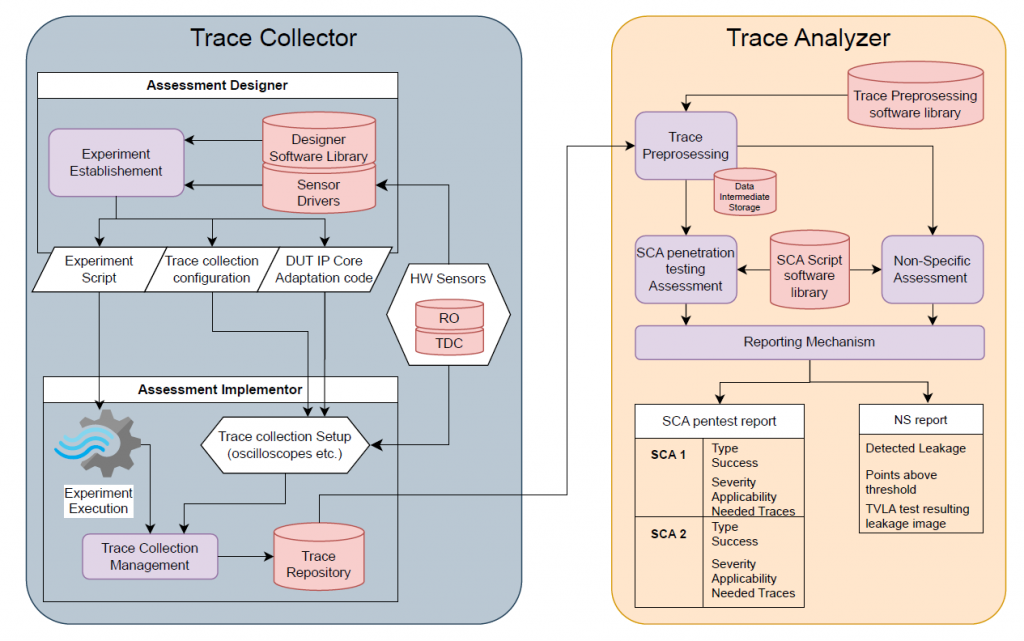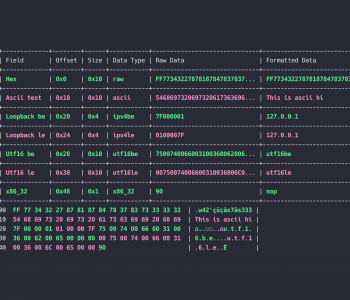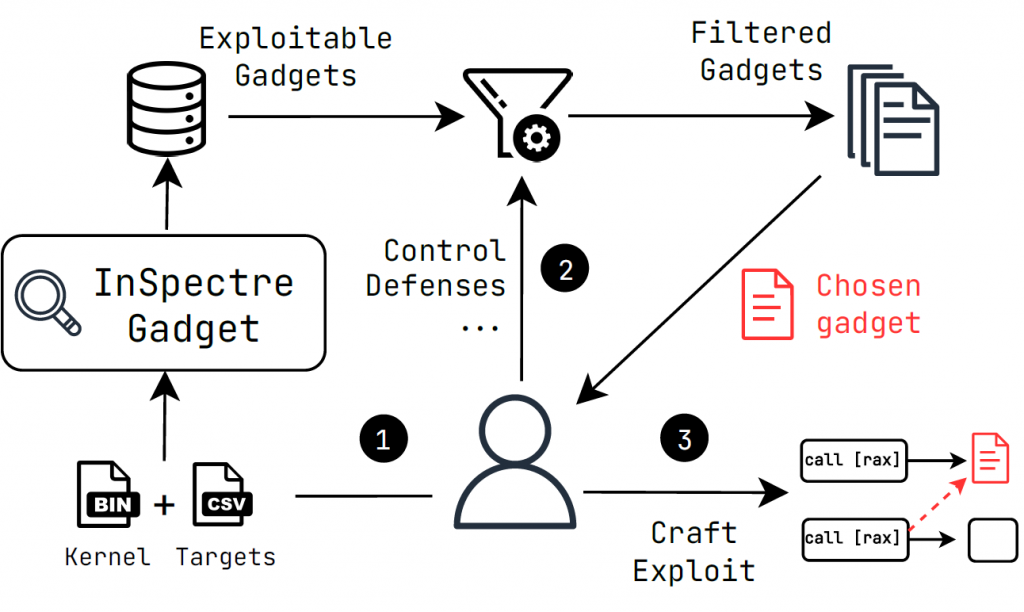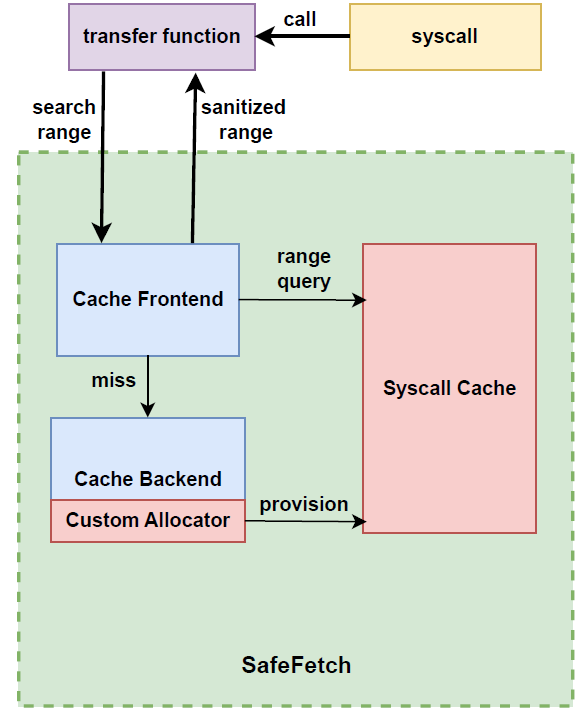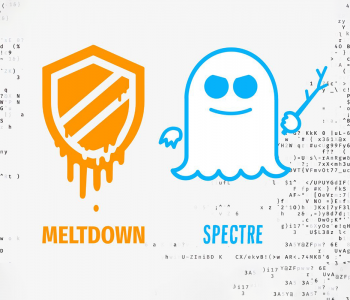 Blog Post
Blog Post
The Anatomy of an Update: How RESCALE Built a…
When you are building something as critical as a secure-by-design supply chain solution, you cannot just stick to the initial draft. The project is evolving!
That is the philosophy behind RESCALE. Our mission is to revolutionize security in both hardware and software supply chains, anchored by our flagship development: the Trusted Bill of Materials (TBOM). But a great tool is useless without a great plan.
We started with a foundational set of Use Case specifications, but as our two pilots (CC and PST) got to work and new insights emerged, it was clear we needed an important update. This is not just paperwork; it is a living, breathing blueprint for a more secure world.
Here is the five-step, collaborative, and iterative methodology we followed to build the updated Use Case specifications that are robust and battle-tested:
- Talking to the People Who Matter (Pilot Engagement)
Before we drew a single line on the updated specs, we went straight to the source: our pilot teams and their technical staff.
This was not a one-and-done survey. We established continuous feedback loops -from online meetings to ad-hoc team chats- to ensure we were not working in a vacuum. We translated their real-world insights into practical challenges, expectations, and technological constraints. If a specification does not accurately reflect their business needs, it is not a solution! This continuous, open dialogue was essential to making sure our plan was grounded.
- The Collaborative Summit (Specifications Workshop)
We believe the best ideas happen when people are in the same room. So, we brought all key pilot stakeholders together to our Amsterdam Plenary meeting for a dedicated, in-person workshop.
Think of it as a deep-dive summit. The objective was to reassess and refine the initial Use Cases. Participants analyzed existing specifications, debated their relevance, and collaboratively incorporated refinements. This session fostered a shared understanding, allowing us to identify crucial new specifications while refining existing ones to perfectly address the pilots’ specific operational needs.
- Learning from the Test Drive (Platform Evaluation)
Why wait until the end to find out if your plan works? We put the first release of the RESCALE Platform into the pilots’ hands early on.
The observations gathered from this real-world testing were priceless. They helped us identify operational friction points and alignment gaps. Essentially, the test drive helped us iron out the wrinkles in our existing specifications, ensuring the updated version was perfectly aligned with how the platform operates. This step was also key in formulating the updated usage scenarios we will use to validate the final release.
- Getting Smart with MoSCoW Prioritization
Once we had a long list of refined ideas and new requirements, we needed to focus on our resources where they mattered most. Enter the MoSCoW Prioritization Technique.
This structured framework allowed our pilot stakeholders to collaboratively categorize every requirement, which helped eliminate ambiguity and ensure we directed our energy toward the highest-impact functionalities:
- Must have: The absolute, non-negotiable features essential for pilot success.
- Should have: Important features that significantly enhance functionality but are not critical for the initial go-live.
- Could have: Desirable features that add value if time and resources permit.
- Won’t have: Features out of scope.
- The Blueprint is Complete (Finalizing the Specs)
The final step was the consolidation phase. We merged the insights from continuous stakeholder engagement, the structured refinements from the workshop, and the real-world feedback from the platform evaluation.
This iterative, cooperative process resulted in a final, robust set of Updated Use Case Specifications and the Usage Scenarios needed to validate the final release. This refined blueprint ensures that RESCALE is building an adaptable, relevant, and truly secure-by-design solution for trusted software and hardware supply chains.


